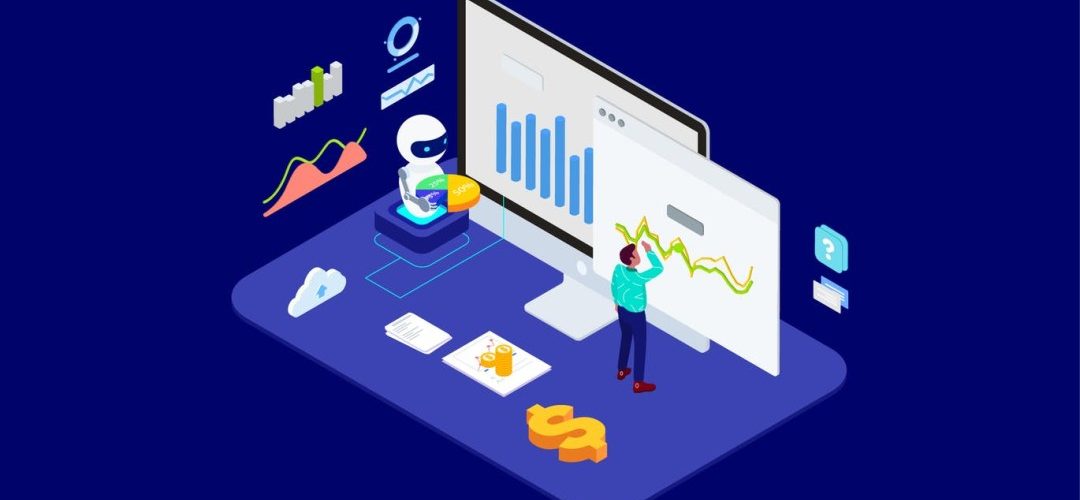In the fast-evolving world of financial technology, the role of user experience (UX) design cannot be overstated. As fintech apps become increasingly integral to our daily financial activities, seamless and intuitive design is what sets the leading platforms apart from the competition.
This blog post explores the critical importance of UX design in fintech applications, delving into how it not only enhances user satisfaction but also drives business success.
Understanding UX Design in Fintech Apps
UX design in fintech revolves around creating user-friendly interfaces that make financial transactions not just possible but pleasant for the user. It encompasses everything from the layout of information to the ease of navigation and speed of transaction completion.
Effective UX design in these apps focuses on understanding the user’s needs and preferences, ensuring that users can find what they are looking for without confusion or delay. This user-centric approach is pivotal in an industry that deals with complex information and procedures.
Moreover, trust and security are paramount in fintech applications. Here, UX design plays a crucial role in making security features both robust and unobtrusive, ensuring users feel safe without compromising the ease of use.
Why is UX design crucial in Fintech?
Enhanced user satisfaction and loyalty: A well-designed fintech app can significantly enhance the user experience, making it more likely for users to return and recommend the app to others.
Increased conversion rates: Intuitive and seamless experiences lead users smoothly from introduction to regular use, greatly increasing conversion rates.
Reduced costs for customer service: Clear, accessible UX reduces the need for extensive customer support, lowering operational costs and freeing resources for further development.
Key Elements of Successful UX Design in Fintech
Personalization: Offering personalized experiences, like custom dashboards and recommendations, significantly enhances the user’s journey through a fintech app.
Simplicity and clarity: Complex financial information needs to be presented in an easily digestible format, ensuring users don’t feel overwhelmed.
Speed and efficiency: Fast loading times and quick transaction completion are non-negotiable for keeping users engaged.
Security and privacy: Transparently handling user data and providing robust security features without complicating the user experience is a delicate balance that must be struck.
Accessibility: Ensuring that fintech apps are usable for people of all abilities is not only ethical but opens up the market to a wider audience.
Cutting Edge Trends in UX for Fintech
Artificial Intelligence and Machine Learning are being increasingly integrated into fintech UX to offer smarter, more adaptive user experiences.
Voice and conversational interfaces are making financial apps more accessible and easier to use, particularly for those with visual impairments or those who prefer hands-free operation.
Gamification is being applied to engage users in financial education and savings activities, making these crucial activities fun and rewarding.
Case Studies: Successes in Fintech UX Design
Rewind a few years and many of today’s thriving fintech apps were just starting out. Their success can largely be attributed to how they handled UX design, taking complex financial tasks and making them accessible and engaging for the average user.
Case studies of companies like Revolut, Mint, and Robinhood show how prioritizing UX design from the outset can lead to caught attention in crowded markets, user base growth, and an elevated brand perception.
Industry Challenges in Fintech UX
Adjusting to rapidly changing technology and user expectations is a perpetual challenge in the fintech sector.
Compliance with international and local regulations can often constrain UX design, making it difficult to balance between creativity and legal requirements.
Security concerns continue to evolve, requiring constant vigilance and adaptation to protect users without detracting from the user experience.
Future Directions
As fintech continues to evolve, so too will the approaches to UX design within the sector. Emerging technologies like blockchain and augmented reality offer new opportunities for creating engaging, secure, and intuitive experiences.
The future of fintech UX lies in creating more personalized, anticipatory experiences that not only meet but exceed user expectations.
At the heart of successful fintech apps lies exceptional UX design. It is the bridge that connects user needs with technological possibilities, creating platforms that are not only functional but delightful to use. As the fintech landscape continues to expand and evolve, the importance of UX design in these applications will only grow. For fintech companies looking to stand out in a crowded market, investing in UX is not just important—it’s essential.






